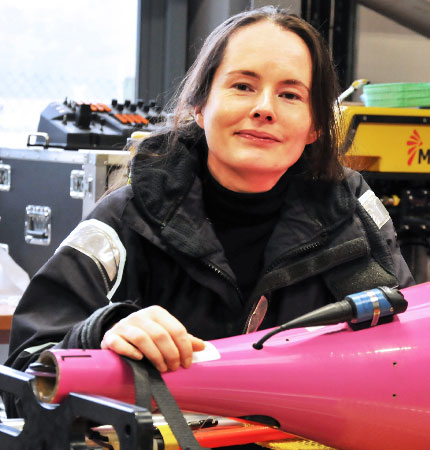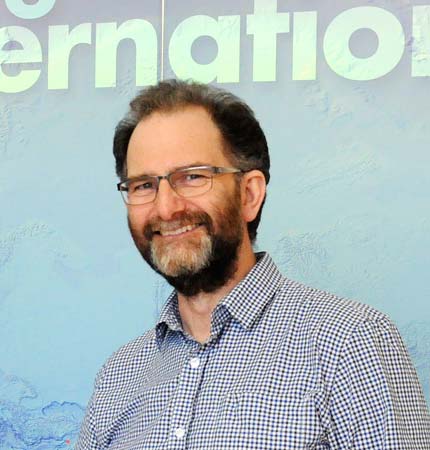An Alternative Framework to Assess Marine Ecosystem Functioning in Shelf Seas
Continental shelf seas are typically less than 200 m deep and can be described by the shallow ocean surrounding continental land masses. Due to their accessibility, shelf seas are commercially and economically important, with oil and gas extraction alone in UK shelf seas valued at £37B pa. Despite occupying only 7% of the surface ocean, shelf seas also play a major role in the global carbon cycle and marine ecosystem. Shelf seas are 3-4 times more productive than open-ocean, are estimated to support more than 40% of carbon sequestration and support 90% of global fish catches providing a critical food source for growing coastal populations.
The development of a comprehensive understanding of shelf sea ecosystem functioning, and subsequently environmental or ecological status, requires knowledge of the natural physical, chemical, biological and physiographic factors integrated with anthropogenic activities and their impacts. Ecosystem stressors range from large-scale climatic forcing down to those at microbial scales. They vary on a range of timescales and are complicated by the continual physical-biogeochemical interactions. Holistic assessment is therefore practically and intellectually challenging.
Altereco will deliver this understanding in in three key ways:
1. Utilize the latest autonomous technology to provide sufficiently high temporal and spatial resolution of meso and sub-mesoscale processes to better understand the impacts of inter-annual variability on the functioning of the shelf sea ecosystem.
2. Provide the tools necessary for informing operational forecast models of the stressors on and consequences of the environmental status of shelf seas.
3. Thus develop a modular, integrated framework for an efficient, diagnostic monitoring regime for continental shelf seas that has global transferability.



